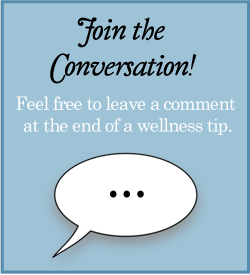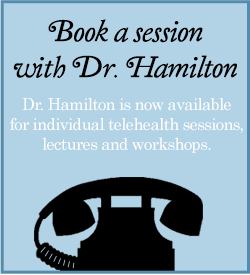 Are You Feeling Sad?
Are You Feeling Sad?
As you move into a dramatic change of season accompanied by overcast skies, shorter days and less sunlight, please pay attention! You may be one of a number of people who inexplicably experiences symptoms of depression at this time of year. Known as seasonal affective disorder or SAD, this problem typically begins in the upper areas of North America in October, gets worse in the winter, and resolves around April. In many ways, it’s almost like hibernating. The good news is that there are several treatments that can help you prevent SAD or feel better faster.
How does SAD differ from regular depression? In many ways it doesn’t.
Common depressive symptoms for both include:
- Irritability and unhappiness
- Lethargic, sluggish movements
- Withdrawal from social engagements
- Lost interest in previously valued activities, such as work
- Reduced energy and ability to concentrate in the afternoon
However, SAD can differ in the following two ways:
- Appetite and weight tend to increase (vs. anorexia & wt. loss)
- Sleep and daytime drowsiness often linger (vs. insomnia)
Treatment. While hibernating makes sense if you’re a bear, it doesn’t help you perform at your peak as a person. Make an appointment with your healthcare provider to rule out medical problems, such as hypothyroidism, and discuss solutions. These encompass light therapy, antidepressants, cognitive-behavioral therapy, or carefully timed supplementation of melatonin (“the hormone of darkness”). Morning exercise and long walks during daylight hours are also helpful. A depression hotline is listed in the Resource section of this website.
Cheer up! Help is on the way.









Your article is very beneficial & great information Thank you for sparing some time to write about this and post it here.
I’m glad you found the information helpful!
I’m glad that you found the information helpful!